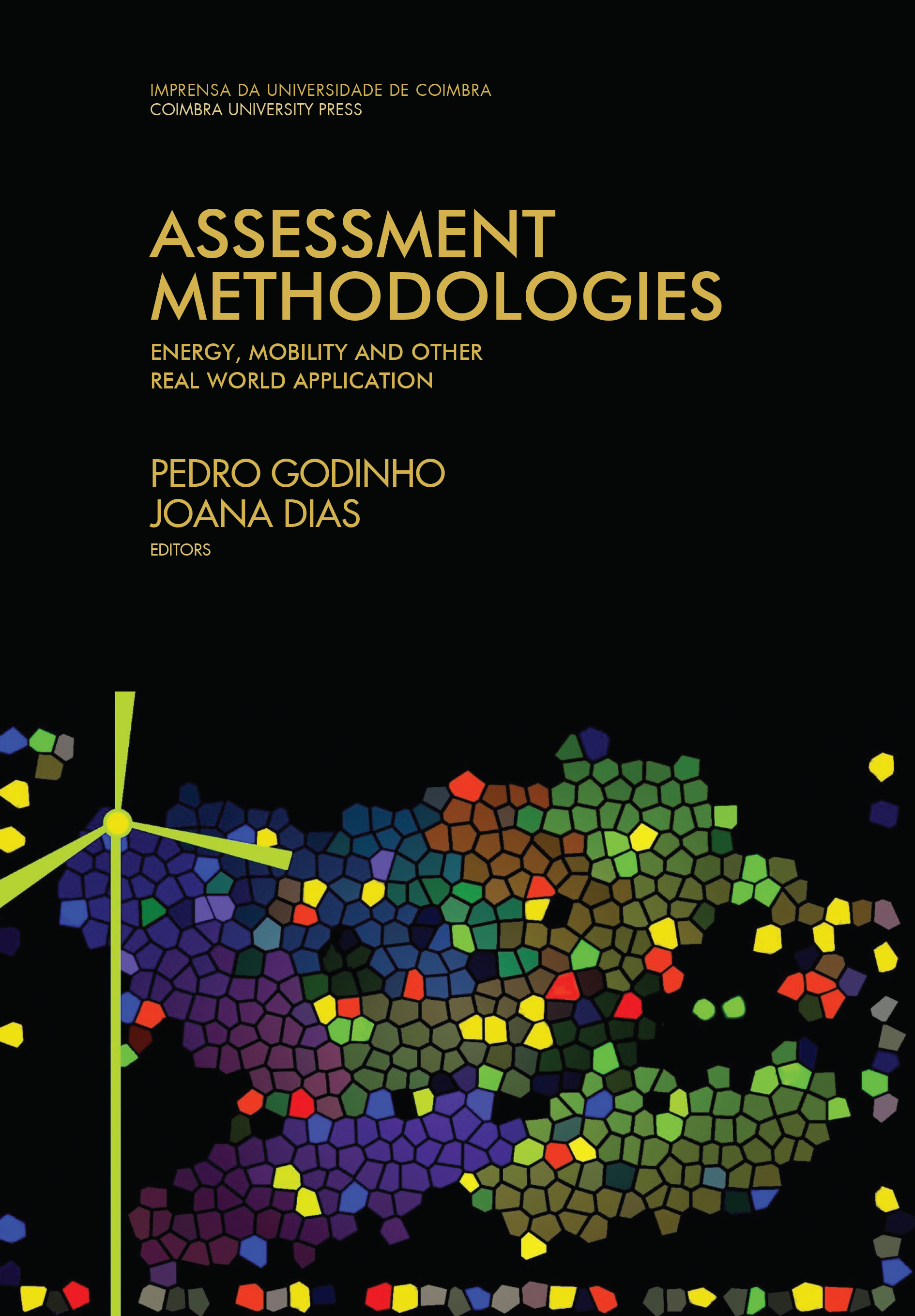A bi-regional (rectangular) Input-Output model for Portugal: centro and rest of the country
Pedro RamosLuís CruzEduardo BarataAndré ParreiralJoão-Pedro Ferreira
Regional Input-Output models aim to quantify the impacts on industry’s outputs, and other economic indicators, of different final demand vectors for goods and services produced in the same or in different regions. These models are well suited for regional economic analysis as they combine inter-industrial and interregional economic interdependencies. MULTI2C is a general flexible procedure, developed by a group of researchers from the University of Coimbra, Portugal, that allows for the construction of that kind of models for different geographic configurations. This work explores the construction of a bi-regional input-output model for Portugal, based on the MULTI2C approach, considering two regions: the NUT II Centro of Portugal and the Rest of the Country. This model considers rectangular matrices with 431 products and 134 industries. Further, it considers different types of households according to their main source of income, i.e., labour earnings, capital income, real estate income, retirement benefits and other social transfers. This modelling framework may be closed with respect to the consumption of different household’s types, but this paper considers as endogenous the labour earnings type. Besides the model structure and the methodological choices for its construction, this work focuses on estimating interregional trade.Finally, the model is used to assess the impacts in the Centro region of Portugal, and in the Rest of the Country, derived from a shift in income’s distribution in the Centro region, consisting in a reduction of the labour share, compensated by an increase in business investment, which however do not confine to the NUT II Centro of Portugal but, into some extent, spillover to the Rest of the Country.
—
ISBN: 978-989-26-1038-2
eISBN: 978-989-26-1039-9
DOI: 10.14195/978-989-26-1039-9_12
Área:
Páginas: 265-285
Data: 2015
Keywords
—
Outros Capítulos (15)
Measuring technical efficiency of European Countries using data envelopment analysis
Clara Bento Vaz;Ângela Paula Ferreira
https://doi.org/10.14195/978-989-26-1039-9_1
Towards an auction system in the allocation of EU Emission Rights: its effect on firms’ stock market returns
Patrícia Pereira da Silva;Blanca Moreno;Ana Rosa Fonseca
https://doi.org/10.14195/978-989-26-1039-9_2
Explanatory variables on south-west spot electricity markets integration
Nuno Carvalho Figueiredo;Patrícia Pereira da Silva
https://doi.org/10.14195/978-989-26-1039-9_3
Energy efficiency governance in the Europe an Union Member States: analysis on current status
Guillermo Ivan Pereira;Patrícia Pereira da Silva
https://doi.org/10.14195/978-989-26-1039-9_4
Strategies for developing batteries for electric vehicles: a real options model
Joana Fialho;Pedro Godinho;João Paulo Costa
https://doi.org/10.14195/978-989-26-1039-9_5
Microsimulation for traffic calming schemes assessment: a case study
Joana F. Dourado;Ana M. C. Bastos Silva
https://doi.org/10.14195/978-989-26-1039-9_6
Reliability metrics for the evaluation of the schedule plan in public transportation
Jorge Freire de Sousa;João Mendes-Moreira;Luís Moreira-Matias;João Gama
https://doi.org/10.14195/978-989-26-1039-9_7
The impact of a crisis in a cost-benefit analysis: What has changed in the Douro Interior sub-concession economic evaluation?
Sandrina Filipe;Pedro Godinho;Joana Dias
https://doi.org/10.14195/978-989-26-1039-9_8
Preference based decisions in health
Patrícia Antunes;Pedro Lopes Ferreira;Lara Noronha Ferreira
https://doi.org/10.14195/978-989-26-1039-9_9
Assessing the effect of education on subjective well-being in Portugal: a study of mediating effects
Maria da Conceição Pereira;Daniel Martins
https://doi.org/10.14195/978-989-26-1039-9_10
Adaption of the profitability estimation focused on benefits due to personal affection
Stephan Printz;René Vossen;Sabina Jeschke
https://doi.org/10.14195/978-989-26-1039-9_11
A bi-regional (rectangular) Input-Output model for Portugal: centro and rest of the country
Pedro Ramos;Luís Cruz;Eduardo Barata;André Parreiral;João-Pedro Ferreira
https://doi.org/10.14195/978-989-26-1039-9_12
Effects of sectoral aggregation on an input-output table
Carmen Ramos
https://doi.org/10.14195/978-989-26-1039-9_13
Assessing the distribution and use of income and changes in income with social accounting matrices
Susana Santos
https://doi.org/10.14195/978-989-26-1039-9_14
Multi-criteria sustainability classification of dairy farms in a portuguese region
Sandra Silva;Luís Alçada-Almeida;Luís C. Dias
https://doi.org/10.14195/978-989-26-1039-9_15

